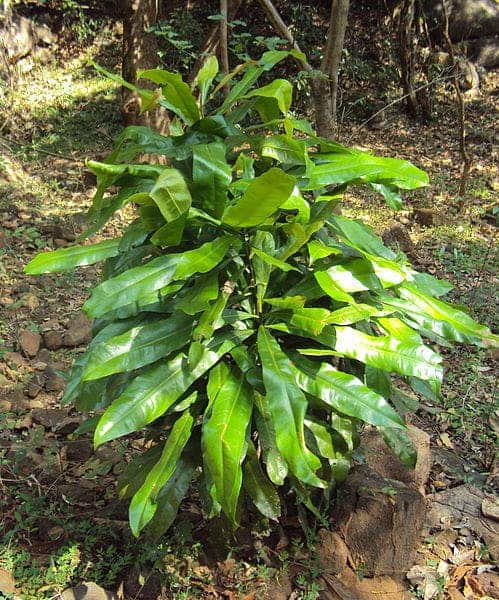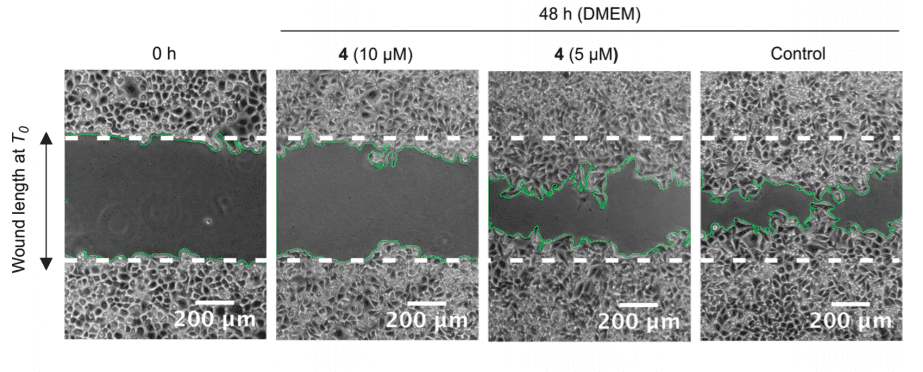The discovery of a new plant may spell doom for pancreatic cancers everywhere.

Image credits Vinayaraj / Wikimedia.
Congo’s rainforests may end up curing pancreatic cancer. New research reveals that a vine native to these forests (Ancistrocladus likoko) can dramatically decrease cancerous cells’ survivability, paving the way to new treatments against the disease.
Anti-austerity measures
“The promising antiproliferative and antimetastatic activities of the new alkaloid presented in this paper suggested [it could] be a rewarding candidate for further studies regarding its anticancer potential against human pancreatic cancer,” the paper reads.
Pancreatic cancer is one of the most dangerous, deadly forms this disease can take. Survival rates at the 5-year mark are below 5%. One of the deadliest traits of the disease is that cancerous pancreatic cells spread around extremely aggressively, hogging up all the oxygen and nutrients available around the tumor.
In these conditions, most cells would find it impossible to survive — and, indeed, healthy pancreatic cells quickly start dying. However, pancreatic cancer cells manage to survive, even thrive, under such conditions. This trait, known as ‘austerity’, is perhaps the single most important reason why pancreatic cancer is so deadly and difficult to root out.
Pancreatic cancer cells’ austerity draws on a cell signaling pathway called Akt/mTOR. Finding a compound that can throw a wrench into the Akt/mTOR — so-called ‘antiausterity’ compounds — is a key goal of researchers and doctors in the fight against pancreatic cancer.
Now, an international team of researchers reports finding a new and promising antiausterity alkaloid compound in the Ancistrocladus likoko vine deep in the Congolese rainforest. The team has previously discovered alkaloid compounds with antiausterity potential in other vines in the region, and the present research was spurred by that work.

Image credits Suresh Awale et al., 2018, JoNP.
For the study, the team extracted chemical compounds from ground twigs of the vine and separated them using high-performance liquid chromatography. They then analyzed and documented the 3D structure of the new alkaloid — which they christened ancistrolikokine E3.
The alkaloid, the authors report, can successfully inhibit the Akt/mTOR pathway. This effectively allows it to kill pancreatic cancer cells pressed by nutrient starvation, but not when nutrients were plentiful. Ancistrolikokine E3 also inhibited the migration and colonization of cancer cells in mice during lab tests, suggesting that it could also be helpful in staving off metastasis in human patients. The new alkaloid is thus a promising compound for anticancer drug development based on the anti-austerity strategy, the team concludes.
The paper “Ancistrolikokine E3, a 5,8′-Coupled Naphthylisoquinoline Alkaloid, Eliminates the Tolerance of Cancer Cells to Nutrition Starvation by Inhibition of the Akt/mTOR/Autophagy Signaling Pathway” has been published in the Journal of Natural Products.






